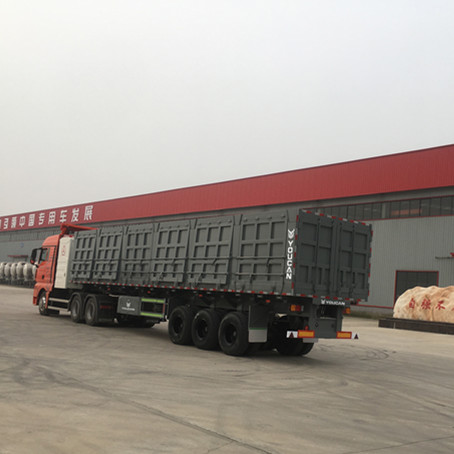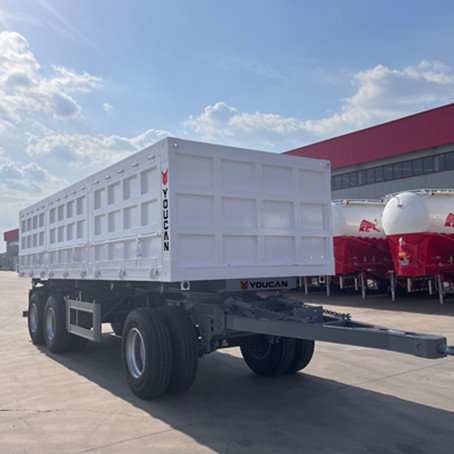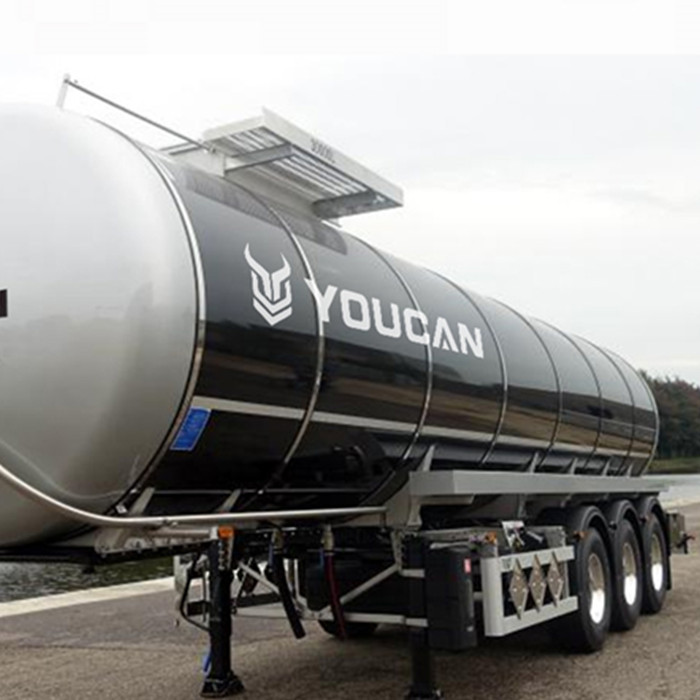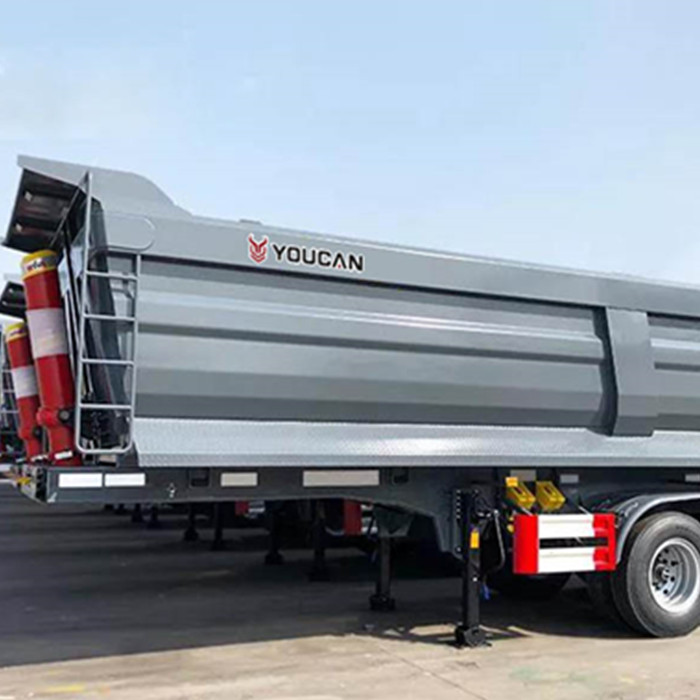Semi-Trailer VS. Full Trailer–What’s the difference
What is a semi-trailer?
A semi-trailer is a truck and trailer combination without a front axle. Semitrailers usually have outriggers to support them when separated from the vehicle. A significant portion of its weight is supported by the road tractor unit.
The brakes are automatically applied when the trailer is disengaged. So the only device that can release the brakes is the air pump on the truck. This trailer cannot exceed 53 feet on the interstate; however, a special permit can easily be obtained if necessary.

What is the purpose of a semi-trailer?
Semi-trailers are popular in the trucking industry for transporting goods over long distances.
In contrast, semi-truck trailers are often used to deliver a full load to a single location. This also means that semi-trailers and full-trailers can carry larger loads.
The pros and cons of using a semi-trailer
The advantages of using a semi-trailer are:
Load capacity and versatility: Semi trucks can handle larger loads and can have an extended cargo bed, making them ideal for transporting long materials such as pipes and lumber.
Manageability: Because semi-trailers are detachable, it is faster and simpler to use them when loading or docking between loading stations.
The disadvantages of using a semi-trailer are:
Lack of independence in cargo capacity: Semi-trucks cannot be converted into vans without road tractors.
Proper use required: A semi-trailer truck can jackknife if it is not driven properly because it is not securely attached to the tractor.
What is the full trailer?
Complete trailers and semi-trailers have front and rear axles. Complete trailers cannot be disassembled because they are a fixed part of the truck. The tow bar is on a complete trailer for towing or towing.
Most commercial full trailers are about 40 feet long. The full trailer can be moved vertically by adjusting the orientation of the front axle relative to the tractor. Compared to a semi-trailer, a full-trailer does not carry as much weight for a tractor.
What is a full trailer for?
Businesses that need to deliver cargo to multiple locations, where only a portion of the cargo is unloaded, often use full trailers. They are mainly used for shorter distances to factories, warehouses and ports.

Pros and cons of using full trailers
The advantages of using a full trailer are:
Great for Local and Regional Shipping: Since companies need to deliver goods in shifts to multiple locations, full trailers may be rented on semi-trailer trailers. At this cadence, full trailers meet delivery requirements more efficiently.
Independent cargo capacity: A complete trailer does not need to be attached to a road tractor to become a cargo vehicle.
The disadvantages of using a full trailer are:
Weight and Size: A semi-trailer can carry more than a full trailer, making it an excellent choice for long-distance hauling.
Non-removable: Since the steering axle cannot turn independently like a semi-trailer, a longer full-trailer may have less maneuverability than a similarly sized semi-trailer.
What is the difference between a semi-trailer and a full-trailer?
Due to its popularity, semi-trailers have an advantage over full-trailers in this comparison. However, each has advantages and disadvantages. The following examples are the five main differences between semi-trailers and full-trailers:
Location of axles and weight supports
Semitrailers do not have a front axle. Therefore, in order to maintain compliance, it is critical to distribute the proper tractor-trailer weight across each axle. They are located at the rear of the vehicle and can hold half the weight of the vehicle.
The rear of the truck supports the remaining half of the weight. The key to preventing the difficulty of overweight semi-trailers is understanding how to distribute the weight.
In a complete trailer, the front and rear axles support the weight of the entire trailer, so they don't have this problem.
The kingpin of a semi-trailer is what connects it to the semi-truck. It is the device that secures the trailer to the truck.
The truck's front hook is used to attach a complete trailer to it, securing it to the tractor's hitch.
size and capacity
The dimensions of the semi-trailer are:
48 to 53 feet long.
8.5 feet wide.
13 feet tall.
Weight Threshold: 80,000 lbs
Standard dimensions for a complete trailer are:
10 to 26 feet long.
8.5 feet wide.
13 to 14 feet tall.
Weight Threshold: 26,000 lbs
logistics
Long-distance transportation is done with semi-trailers. They are quick to load and unload, easier to handle, and easier to move. They are also used to transport larger and heavier cargo.
Short-haul shipments to factories, ports and warehouses often use complete trailers. Most of the time, they deliver at different locations while unloading at different drop-off locations.

 WhatsApp
WhatsApp
 sales@youcantrailer.com
sales@youcantrailer.com
 +8615203709888
+8615203709888


